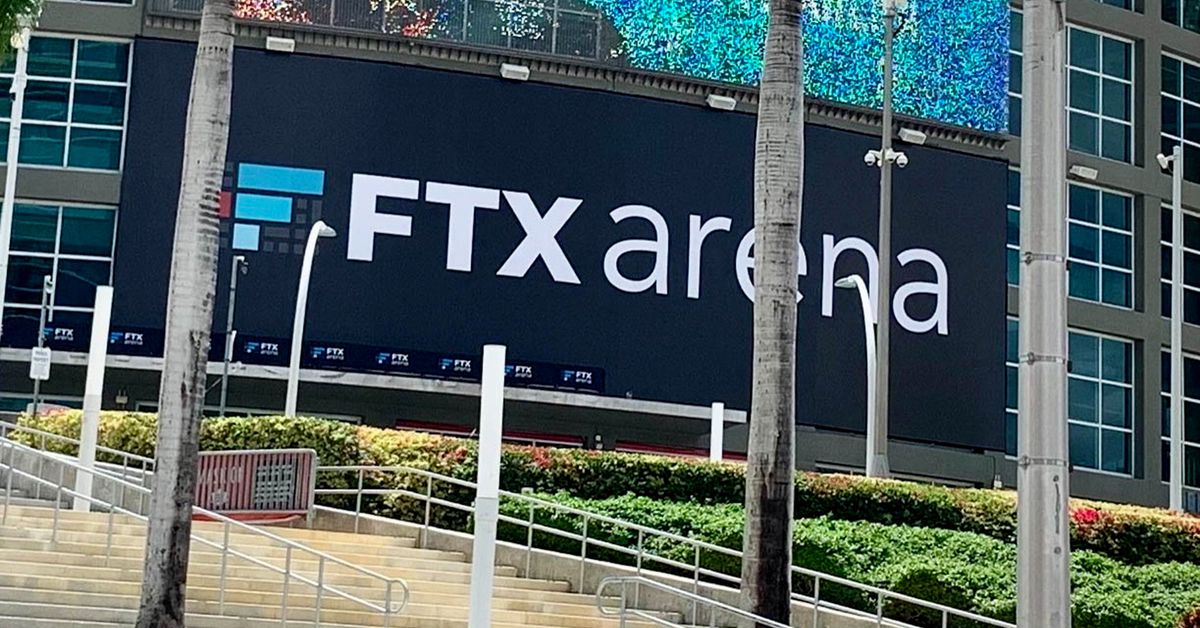Valid Points: New Year, New Price Gains For ETH
Valid Points: New Year, New Price Gains For ETH
Bullish price activity has tipped the total value of ETH locked into Ethereum 2.0 past $2.4 billion. Find out what other network metrics have been impacted by ether’s latest price gains.
https://www.coindesk.com/new-year-new-price-gains-eth
It’s safe to say that 2021 is off to a great start for Ethereum.
Since ringing in the new year on January 1, the price of ether (ETH), the native cryptocurrency of the network, has appreciated 48% and surpassed the threshold of $1,150 for the first time since January 2018.
On Ethereum 2.0, a higher ETH price means higher earnings for validators. However, it also means a higher barrier to entry for users wanting to become new participants of the network through purchasing and depositing 32 ETH.

While rewards earned by Ethereum 2.0 validators have stabilized over the last two weeks to around 0.008 ETH/day, the market value of these earnings has continued to rise from roughly $5 to now $8/day. Bullish price activity has also tipped the total value of ETH locked into the network past $2.4 billion as of Jan. 5, 2021.
As of last Wednesday, Dec. 30, over 1,000 new validators have locked funds into the Eth 2.0 deposit contract, all of which will begin earning rewards in a few weeks time. The validator queue is currently at 17,425 meaning anyone that joins Eth 2.0 now by staking 32 ETH (worth roughly $32,646 at time of writing) will have to wait up to 20 days before they’re able to do anything on the network.

For the 51,000 validators that have already been admitted, the vast majority of these participants are taking full advantage of their roles proposing, attesting and voting on blocks. The network participation rate, which measures the percentage of eligible validators that are online and actively helping progress the blockchain, has hovered consistently between 96% to 99% since mid-December.
The CoinDesk Eth 2.0 validator is not yet among these active validators, however, we will be soon! More information to come about our setup over the next few weeks.
New frontiers
Monday, one of the bullish arguments for Ethereum as both a platform and an asset (ETH) was produced by none other than a federal regulator.
According to the Office of the Comptroller of the Currency (OCC), national banks and federal savings institutions can now use public blockchains as settlement mechanisms – particularly for stablecoins.
The news was front-run by not only some of the highest Ethereum gas fees in the last calendar year – which hosts the majority of dollars circulating in the $30 billion stablecoin market – but also a giant one day leap in the price of ether (ETH). The asset climbed some 30% to over $1,000 for the first time since the coin’s 2018 bull market.
So, what does that mean for Ethereum? Demand for blockspace on Ethereum is high, as is demand for ether, the asset. Some of the recent price action can be explained by institutional pressure, Antoni Trenchev, co-founder and managing partner of Nexo said in a statement.
“Ethereum at $1K is no nine-day wonder. With bitcoin’s skyrocketing prices, institutional investors are hard-pressed to diversify their portfolios,” he said.
But it’s not all FOMO. Indeed, ether has risen to parity or even surpassed bitcoin (BTC) in terms of daily settlement, according to Money Movers.
That’s good for the network even if frustrating for decentralized finance (DeFi) degenerates, as Castle Island Ventures co-founder Nic Carter pointed out in a recent CoinDesk op-ed.
To summarize Carter, using the “world computer” costs ether, which will push Ethereum towards the most productive activities. Stablecoins are likely to be one of those activities given the cryptographic advantage (such as verifiability and permissionless) each dollar-pegged token has over current digital alternatives. If it’s not able to, then either another blockchain will take its place or the idea of the private dollar will have to find another means of market entry.
A surge in stablecoin activity is one possible outcome from the recent OCC guidance. Is Ethereum ready to handle billions more dollars in assets, contracts and users from stablecoins, becoming a competitor to ACH and SWIFT?
The short answer is no. That’s why Eth 2.0 – a project begun before the Ethereum genesis block was mined back in 2015 – is so important: Ethereum cannot become a platform for decentralized applications (dapp), let alone finance, without a scaling solution.
In that sense, betting on Ethereum and Eth 2.0 is an investment in public blockchains that support various economic activities like stablecoins.
“Unlike BTC, however, ETH lacks a digital gold narrative and is instead a fresh target for a different breed of institutional investor – one interested in its long-term technological promise, revived by the launch of ETH 2.0,” Trenchev said.
Validated takes
- What’s new in Ethereum 2.0 (HackMD post, Ben Edgington)
- Ether price passes $1,150 to hit highest since January 2018 (Article, CoinDesk)
- Looking back on a monumental year for crypto (Article, CoinDesk)
- NFT art sales reach all-time high of $8.2 million in December (Article, CoinDesk)
- Monthly Crypto Market Review December 2020 (Report, Kaiko Research)
- 2020 Year In Review (Blog post, Quantstamp)
- What is yearn.finance? (Video, The Defiant)
- Endnotes on 2020: Crypto and Beyond (Blog post, Vitalik Buterin)
Factoid of the week


We’ll soon be incorporating data directly from CoinDesk’s own Eth 2.0 validator node in our weekly analysis. All profits made from this staking venture will be donated to a charity of our choosing once transfers are enabled on the network. For a full overview of the project, check out our announcement post.









